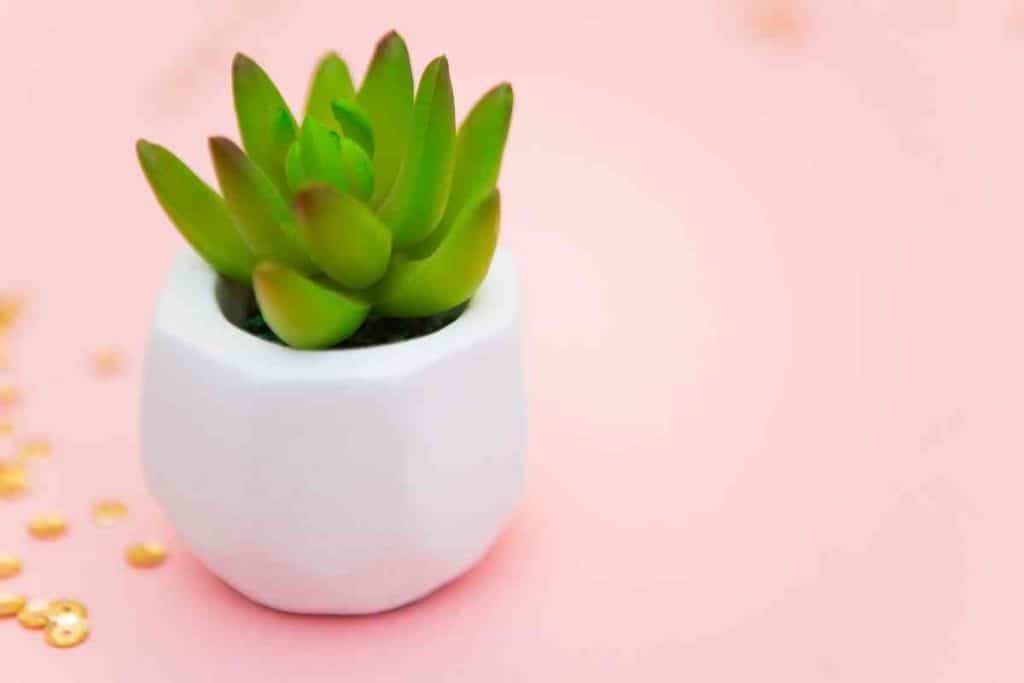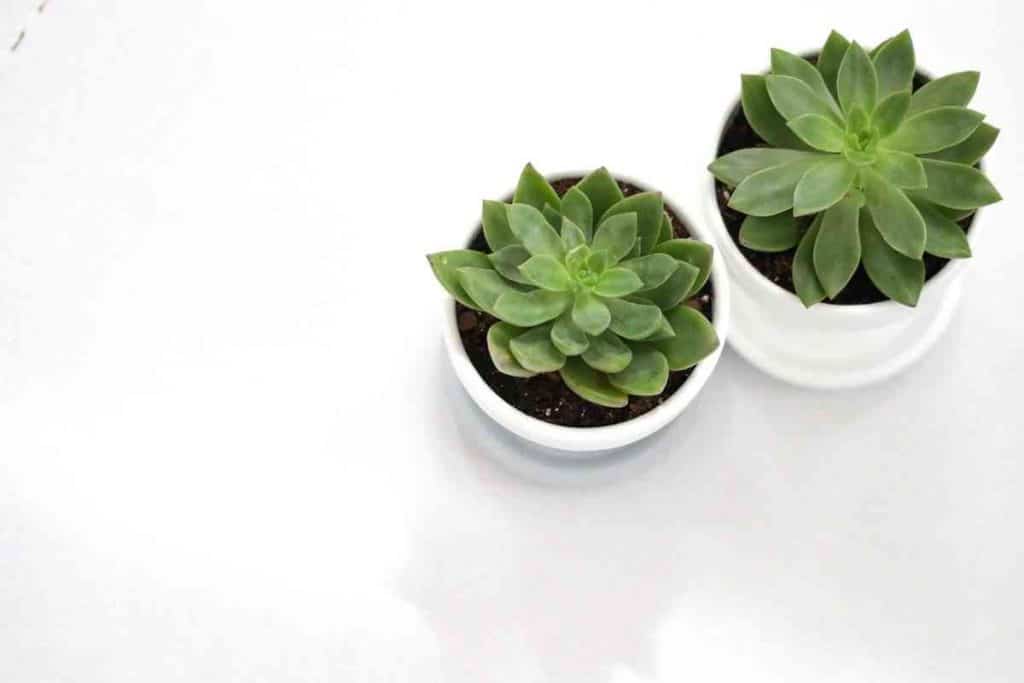Even simple variations in their plants can raise concern in succulent farmers, and for a legitimate reason: minor color changes can indicate serious problems with the plant. But why is my succulent turning red?
Succulents turn red due to environmental factors such as sun exposure, extreme temperatures, under-watering, insufficient nutrition, and poor soil. Succulents, in general, change color when stressed. The color change is an intuitive response to external variations.
However, this is not always the case! Continue reading to learn why succulents change color, when it's a cause for concern, and when it's something that you would even attempt to do on purpose.
Table of Contents
Should I Be Worried if my Succulent Turns Red?
If you recently moved your succulent from an indoor to an outdoor location after keeping it indoors for months, your plant will try to adapt to the new environment. The color change is one indicator of significant change in your succulents.
You'll also notice that many succulents' colors change with the seasons, especially in the summer and winter. Again, this is a result of your plants adapting to their surroundings.
What Induces Succulent Coloration?
A lot happens within succulent plants that cause them to turn such bright colors when subjected to particular circumstances. Succulents have evolved to become what we see nowadays because it enables them to endure harsh living conditions such as extreme or desert climate zones where freshwater is complicated.
When stressed or subjected to a changing environment, leaf succulents' colors change.
Succulent leaves can turn yellow, red, orange, or pink in response to the environment because the increased coloration warns wildlife to steer clear.
It functions similarly that brightly colored berries are notifying other succulent eaters of the bitter aftertaste and toxic effects levels.
Why is My Succulent Turning Red?

1. Induced Stress
What exactly does it mean to say that an herb is stressed? Is stress harmful to your plant?
Before gathering the information, it's an intelligent option to get a sense of what it's like to reside in a succulent's natural setting.
Many people, particularly those who have almost given up planting, are attracted to succulents because of their resiliency and capacity to cope even without essential maintenance. These same characteristics have enabled these species to grow in their natural habitats.
Succulents can be found in a variety of ecosystems. Some originated in arid desert climates. Others come from alpine climates. Some species originated in mangrove forests and on seacoasts.
Even though these heritage areas appear diverse, they all have one thing in common. The majority of these locations are uninhabitable to plant life. Succulents have devised a way not just to survive but also to thrive.
2. Elevated levels of salt
Succulents turn red when their leaves are exposed to excessive salinity, which prevents them from soaking up the necessary volume of water.
It is critical not to use nitrogen fertilizer or sulfates on succulents because they can end up causing succulent plants to become dangerously dehydrated and ultimately die off if the issue is not addressed.
3. Jampacking of Succulents
If succulent roots are subjected to being confined down, they will start to turn red.
Too many succulents in a pot prevent them from getting enough moisture and nutrients in the soil, hence why succulents require space to grow.
What To Do If the Leaves of Your Succulent Turn Red

If your succulents turn red, there are some things you can do to enhance the livability, so your succulent leaves don't die off.
1. Allow the Soil to Dry in Between waterings
Succulents will die if left in damp soil for an extended period, so it is critical to allow the soil to dry out between watering succulent plants.
Succulents require extensive but irregular watering, which means you could find perhaps water succulents only if the soil dries.
2. Succulent Flowers and Buds should be removed
Succulents will turn red if succulent blossoms or buds are left on succulent plants for an extended period because they deplete the energy required for survival.
If succulents are generating flowers or buds, you should start by removing them from the plant so that the succulents can concentrate on taking proper care of themselves and keeping hydrated throughout the summer season.
3. Succulents should be repotted in a larger pot with improved soil.
If succulent roots are subjected to being constrained down, succulent plants will perish.
Too many succulents in a pot prevent them from receiving sufficient moisture and soil nutrients, and that is why succulents require space to grow.
If your succulents are dying, it's time to repot them in a larger pot with improved soil.
Frequently Asked Questions
Why Should I Be Concerned If My Succulent Turns Red?
When succulents turn red, it indicates that something must be wrong. Perhaps you mistreated your succulent, or the plant was subjected to a foreign atmosphere with insufficient water.
Whatever the cause, a succulent turning red can be fatal if left untreated and, as a result, must always be resolved when it occurs to guarantee the plant's continued existence.
What does a fading succulent resemble?
The leaves of your succulent may be yellow or clear and mushy. Your succulent is on the verge of dying as a result of overwatering. A more enhanced case is indicated by brown or black leaves that appear to be rotting. As a result, you must focus on saving your dying succulents!
Is it necessary for succulents to be exposed to direct sunlight?
Succulents prefer direct sunlight, but if yours is seated in just the same spot day in and day out, just one side is probably gaining sufficiently. Succulents tend to lean forward towards the sun, so turning them will aid them in standing upright.
Where should I plant succulents in the garden?
While most succulents thrive in full sun, some thrive in partial shade or shade. Make sure the succulents in your flower pot have similar light pre-requisites and place them in a part of the yard where they will thrive.
Succulents live for how long?
Some succulents are short-lived but produce offsets to substitute themselves. The main plant hardly lives for 3-4 years but produces many offsets.
Conclusion
Succulents are an excellent species to grow, and succulents turning red is a constant thing.
Succulents that turn red could be a sign of serious underlying issues.
However, it is possible that your succulent has been exposed to too much sunlight and should be relocated to a shadier place or even brought indoors for a few days until its foliage has managed to recover.
Succulents often do not turn red when they need to be watered.
If any of the symptoms mentioned above appear, remember to give your succulent the care it requires.
This will prevent further harm to its health and allow it to recover fully vivid succulents.




